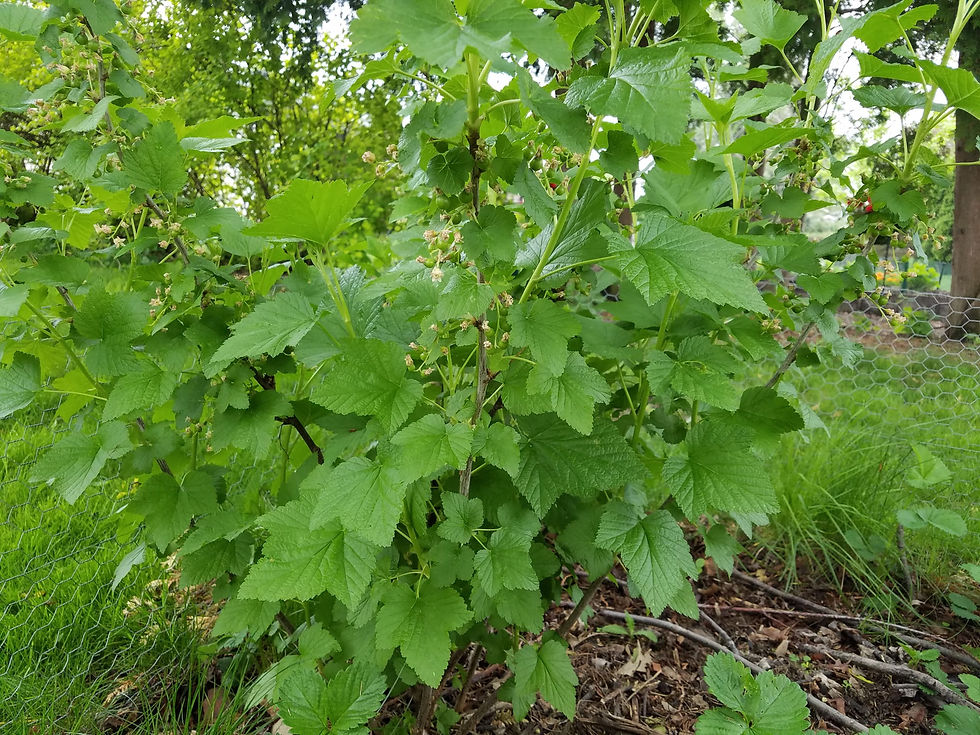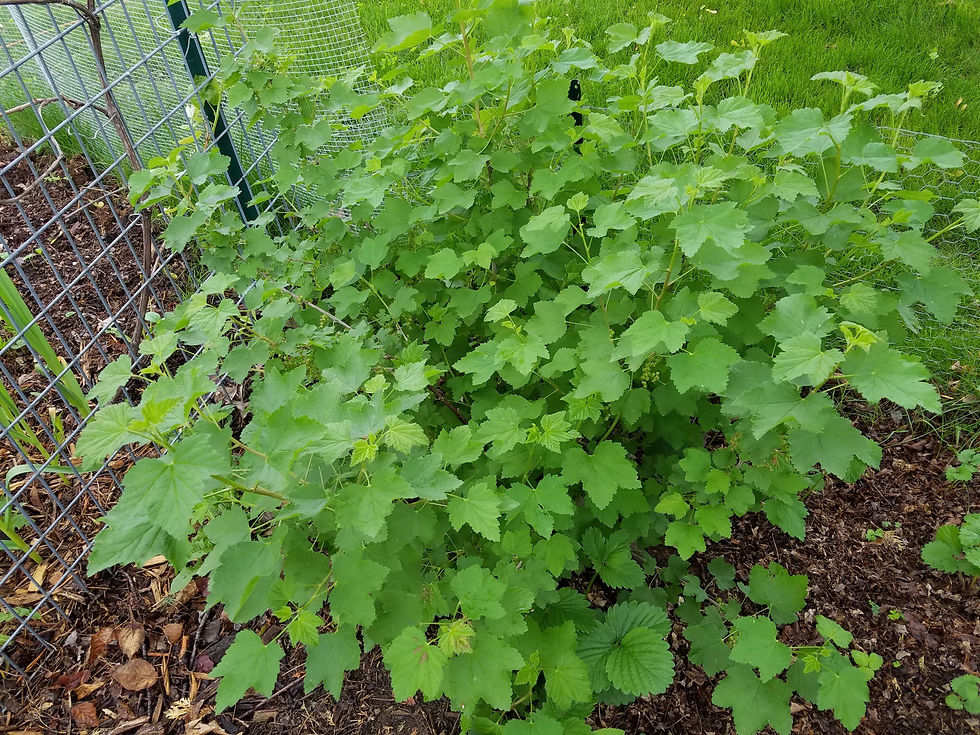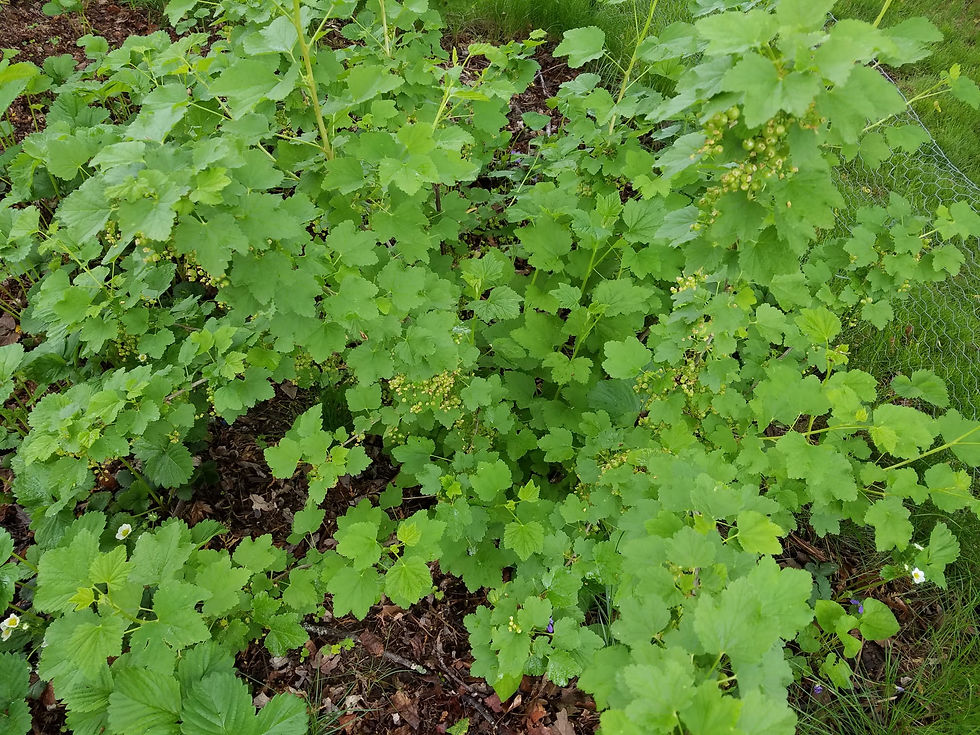How to Grow Currants, Growing Guide for Red, Black, and White Currants | Enhanced Garden&Life
- bgcs-as1.com
- May 19, 2021
- 6 min read
Content
Intro
You may want to grow currants for many reasons. Perhaps you're looking for a way to make your garden more natural or attractive, or perhaps you're trying to increase the biodiversity of your property. Whatever the reason may be, this article will teach you how to grow currants so that they can thrive in your garden and provide benefits for years!
Hi! I'm sure you're wondering why these three types of currants are significant. Good question, and one that makes for an interesting story. First things first- the white currant is a type of fruit in the Ribes family. It's prized for its unique flavor and aroma, which combines sweet with tart. Second, the blackcurrant is actually from a different genus than most other members of this family--it's more closely related to gooseberries. Currants have been cultivated by humans for at least 400 years! Thirdly (and finally!), the redcurrant is also from the same group as strawberries or raspberries. They're so lovely in their deep crimson color--they make such excellent jams or marmalades.
The name "currant" comes from the Latin word for "small, dried grape." Although it is a true berry technically speaking, most people think of it as a small raisin. Currants are often used in cooking to add flavor or color and can also be eaten on their own!
The most common variety of currants in North America is the blackcurrant, which tastes like a cross between raspberries and strawberries.
Nutritional Value and Health Benefits of Blackcurrants
Blackcurrants are a source of vitamin C, fiber and have the most antioxidant power out of all fruits in Europe.
The fruit contains many helpful polyphenols that can help fight inflammation and prevent cancer cells from growing. Studies show blackcurrant extract may be useful for people with HIV because it reduces viral load by breaking down proteins that bind to virus particles.
One study found that mice who consumed black currant juice had less weight gain and reduced insulin resistance than those who drank grapefruit or apple juice on a high-fat diet. Blackcurrants also contain vitamins A, B complex, iron as well as magnesium which is responsible for healthy bones and muscle function among other things.
Nutritional Value and Health Benefits of Redcurrants
Redcurrants are small fruit that is usually red in color. They have a sour and tangy taste to them, which some people love while others cannot stand it. They are a source of Vitamin C and vitamin K, which are good for your immune system. The health benefits of this fruit are the reason why it has been used in medicine from olden times to now.
The color red often signifies danger or warning but when applied to food, especially fruits like a redcurrant, it symbolizes something that’s healthy because they contain anthocyanins-which have antioxidants that help guards against oxidative stress damage that is caused by free radicals Redcurrants are also high in Vitamin C and Vitamin K-both essential vitamins needed for maintaining an optimal level of immunity.
Red currants can be eaten as a whole fruit or turned into juice! You could try using them with other ingredients such as apples, cherries, blackberries, strawberries, and blueberries to make your own juice.
Nutritional Value and Health Benefits of Whitecurrants
Whitecurrants are a sibylline fruit that has been used for centuries. Once grown only in the wild, they are now cultivated on farms around the world and sold at grocery stores.
Whitecurrants contain 35% more vitamin C than oranges, as well as high levels of potassium (one cup has 400mg) and anthocyanins which help prevent heart disease and cancer. Whitecurrant juice is also a good source of antioxidants because it's made up primarily of polyphenols.
Choosing a Location to Plant a Currant Bush
The most important thing to remember when planting a currant bush is where you are going to plant it. Currants thrive in climates that have cool summers and mild winters. They also like the soil to be well-drained and loose.
Choose a space in your garden that has plenty of sun exposure but not too much heat for the summer. The ideal location for a currant bush would be either at the top edge of a garden bed next to some other plants which provide enough cover from high noon sunlight, planted along the side edge between two taller plants, or planted in a corner of the garden bed where it gets plenty of morning and evening sunlight.
Plant your currant bush on its own at least two to three feet from other plants so they can have enough space to grow without too much competition for water or nutrients.
Pruning Currant Bushes
Once mature, prune out any dead or damaged branches annually to help maintain a healthy tree shape and reduce fruit from forming on those twigs that will not produce viable crops but rather drain energy away from more fruitful areas of the plant.
Pruning currant bushes also allows for the harvesting of more fruit per bush as well.
The best time to prune your currant bush is late winter or early spring before new growth begins. I prune in early spring.
Planting a Bare Root Currant Bush
A bare root currant bush can be planted year-round in a variety of climates. The timing for planting really depends on how cold your winters are. Planting and harvesting times will depend heavily on the climate where you live.
Plant your currant bush on its own at least two to three feet from other plants so they can have enough space to grow without too much competition for water or nutrients.
Dig a hole with dimensions about two times larger than the root mass then position the plant in place. Firmly push down around and under the roots making sure there are no air pockets left between soil and stem. Fill the hole in with soil and then water thoroughly.
Add some mulch, like leaves or straw, on top of the soil to prevent weed growth and to help with water retention.
Plant them four feet apart so they don't shade out each other too much. Mulching is recommended but not necessary.
Watering Currant Bushes in My Climate
They also need plenty of water.
If they are not getting enough rain, you can take care of this by watering them with a hose or sprinkler three times a week in the summertime. If you mulch them, it will help keep the soil moist.
After spending hours researching the best way to water my currant bushes, I decided that wood chip mulch would allow me to not worry about it. Well, it seems like this is the right decision because for some reason when I planted them they have been thirsting less and less! My plants seem much stronger than those with traditional watering methods. Maybe it's just luck but I feel more confident having chosen to go with this method since my bushes are doing so well.
I haven't Watered my currant bushes in two years and they are thriving! I have planted my currants in an area where they receive morning and evening sun, they are shaded between 11:00 a.m. and 3:00 p.m.
Fertilizing Your Currants
I have never used any fertilizer on my currant bushes but I have the wood chip mulch that is breaking down over time.
If you choose to fertilize your currants I suggest that you use an organic fertilizer or compost around your bush.
If you choose to fertilize your currants then be sure that you do so in late fall. I add woodchips every year in the fall.




Thank you for reading this blog post on how to grow your own currant bushes. I hope all of your questions have been answered and that it helps provide clarity about the process. I want to hear from you! Which of these currant bush growing tips did you find most interesting? What are your thoughts about the nutritional benefits of eating fresh currants in season? Let me know below. Happy planting!
Reader, I thank you for choosing to read my content. Hopefully, you have found value in this post. If you have gained value from this post share it with your friends.

コメント